Mahakal, The Mandir I Knew is a reflection by Abhimanyu on how a once inclusive Dara Mandir is gradually changing it’s nature, and if it’s a good thing?
Growing up in Darjeeling, the Dara Mandir was not just a temple to me but a space of spiritual coexistence. It shaped my idea of religion in many ways.
My earliest memories are of walking there with my parents and grandparents. My maternal grandfather, a devout Shiva bhakta, would walk barefoot every Monday from Harshing to Dara Mandir. His walk to the temple and back was not just a religious ritual but an expression of devotion rooted in place and community. On his way back, he would distribute prasad to everyone he met- irrespective of caste or religion.
What always intrigued me as a child was the unique spiritual landscape of the temple complex. A Buddhist lama would sit beside a Hindu pandit, and nearby, the bojuthan near the aloo dokan and the Kali Mandir was tended by a ‘Madhise’ Bahun.
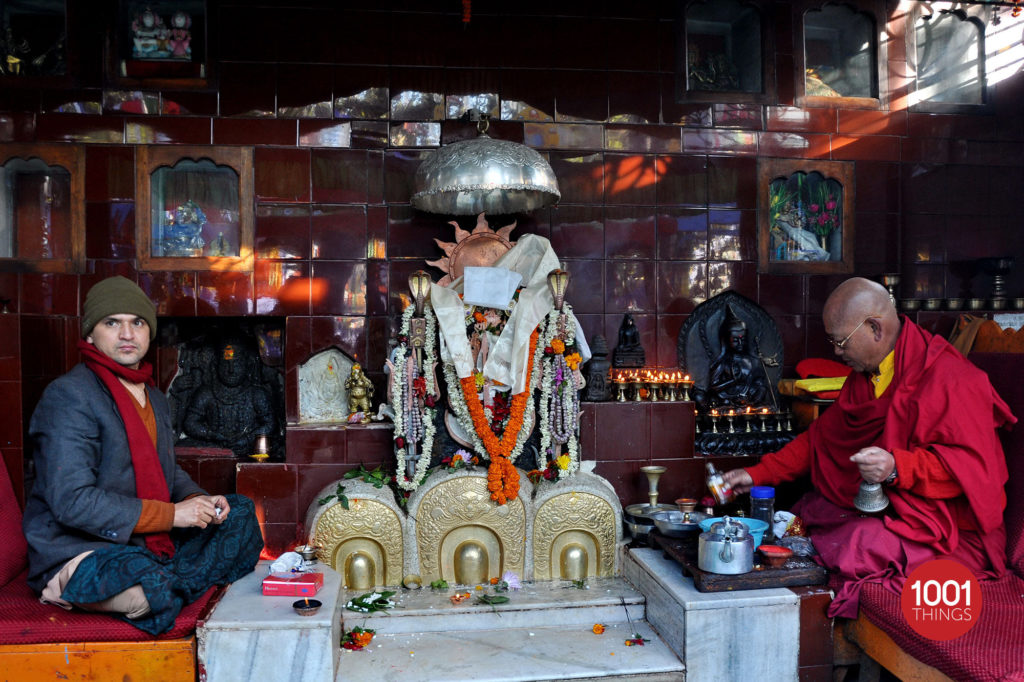
These contradictions puzzled me- is Dara Mandir really a Hindu temple? or was it a Gumba? Or what is it even? These questions also shaped my understanding of what it meant to be Hindu in Darjeeling. Even the view of St. Andrew’s Church from the temple caves added to my sense of spirituality; it never became a contradiction, but a complement.
For me, being Hindu was never about rigid codes or centralized doctrines. Dara Mandir became a shared identity, a Darjeelingey or “Gorkha” way of being that embraced diversity and coexistence. I’ve met practicing Christians in Chowrasta who hold Dara Mandir in reverence, not out of religious obligation but out of respect for its place in our collective memory.
But lately, I’ve felt a growing sense of disconnection. The remaking of Dara Mandir in line with the recent trends in other parts of India (though perhaps well-intentioned by some) feels like an attempt to codify and standardize a spiritual experience that was always fluid and inclusive.
The loud bhajans echoing through the ‘backside’, the newly imposed dress codes, and the emphasis on conformity over community, which defines what it is to be Hindu and what it is not, have changed the atmosphere.
I’m not here to judge whether these changes are good or bad. Of course, change is inevitable, but I do want to express how disconnected I feel from the Dara Mandir I once knew.
This isn’t just nostalgia. The recent changes have alienated many of us who once found peace in the temple’s openness. I believe many others may feel similarly, and perhaps that’s why we’re seeing more voices speak up.
This article is not a statement of fact, but a personal reflection, and I’m simply sharing how I feel.
Writes: Abhimanyu
Pics: We are most grateful to the ace photographer Surendra Pradhan for permitting us to use his pics for the article.
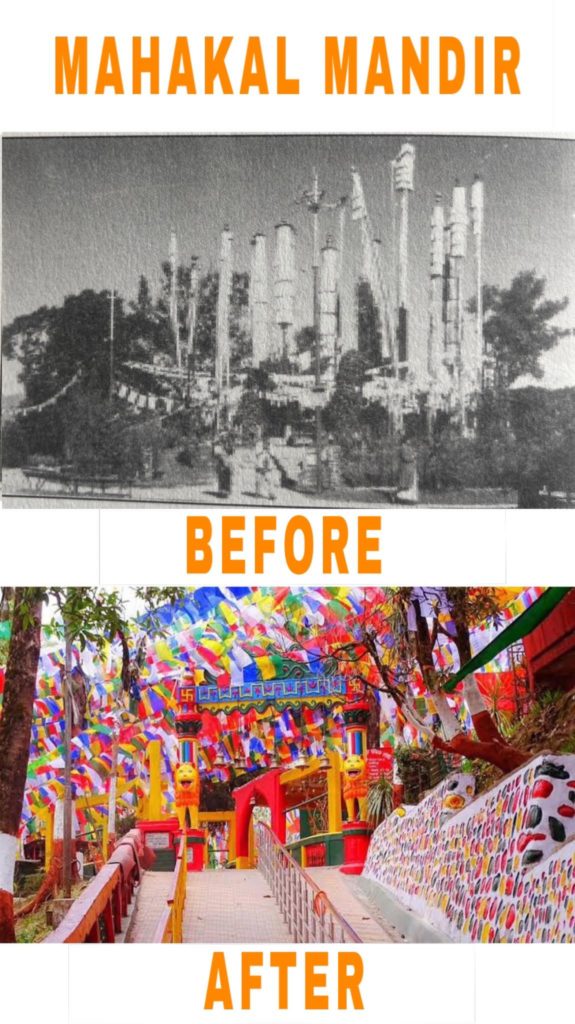
[By Darjeelingey]

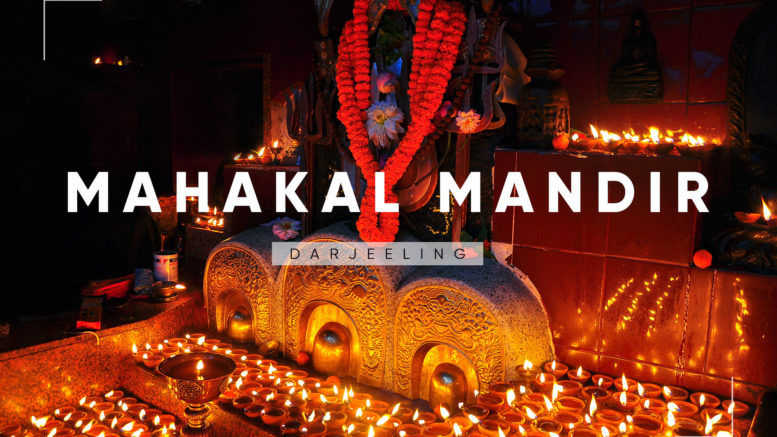
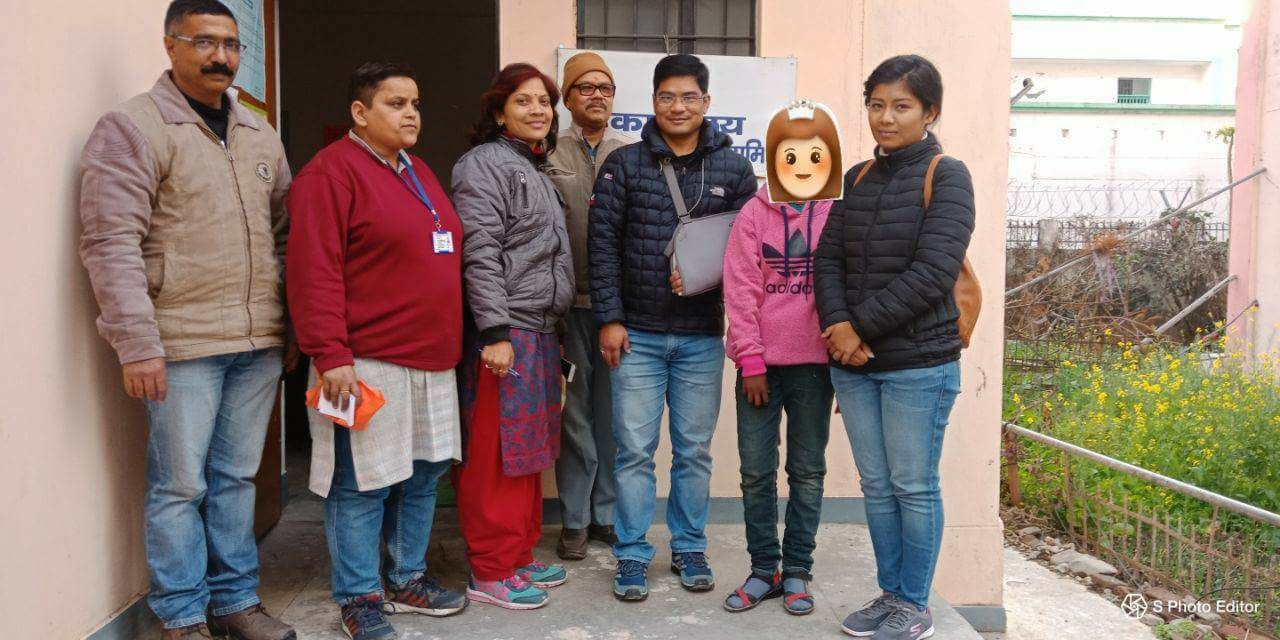

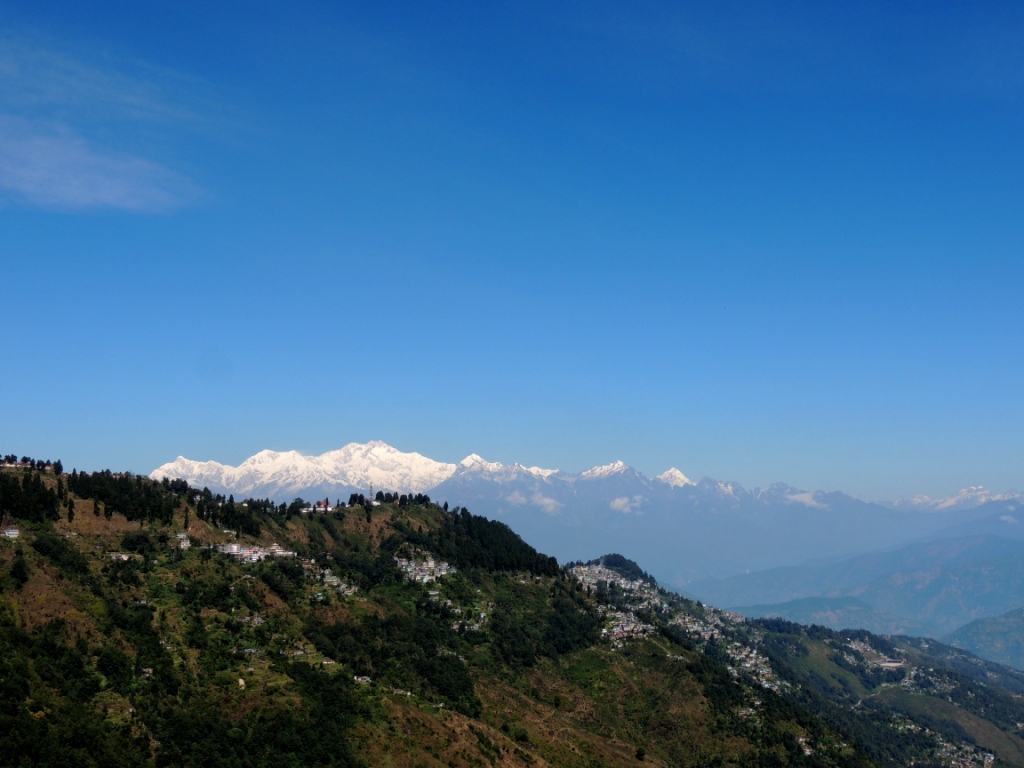

Be the first to comment on "Mahakal, The Mandir I Knew"